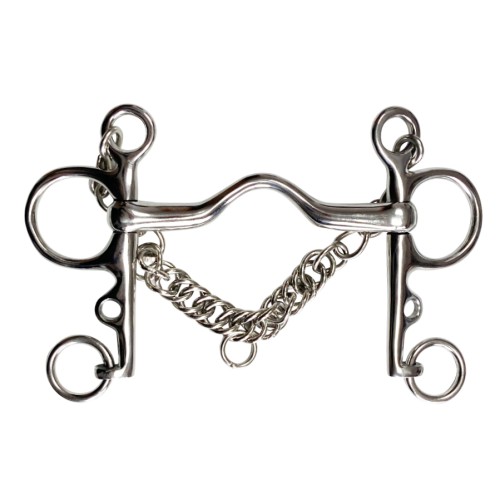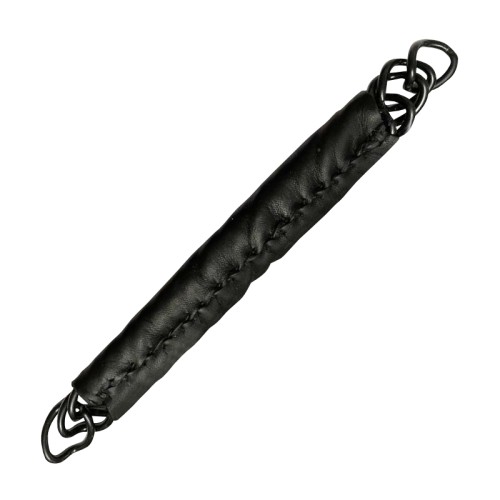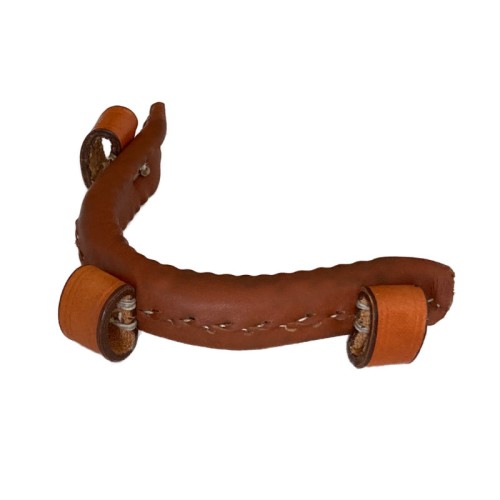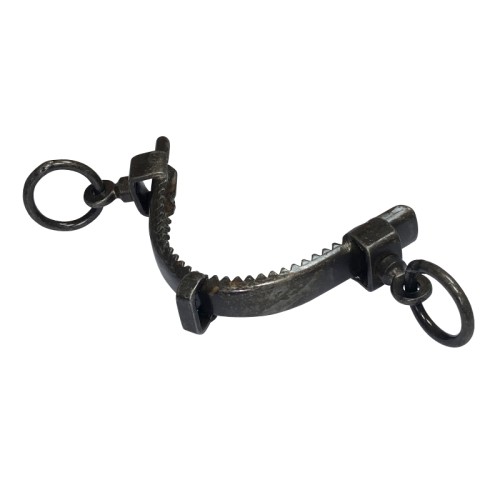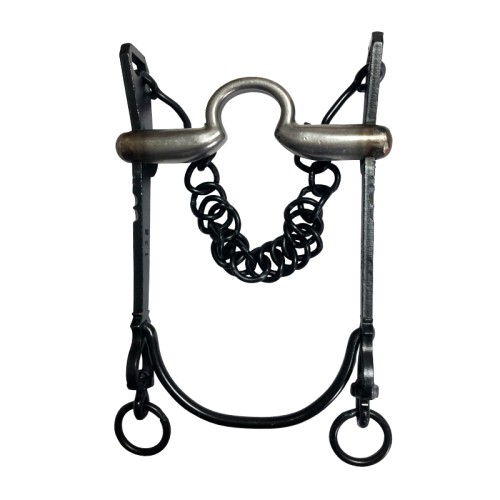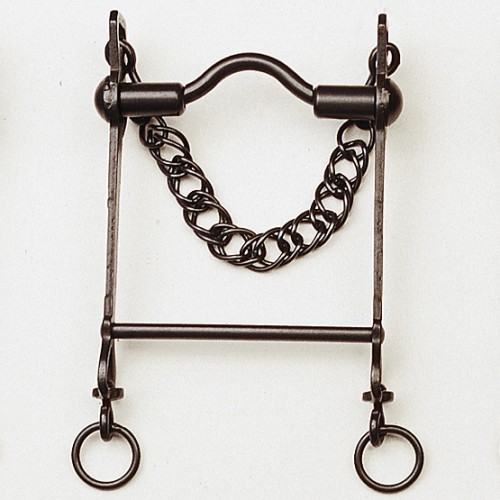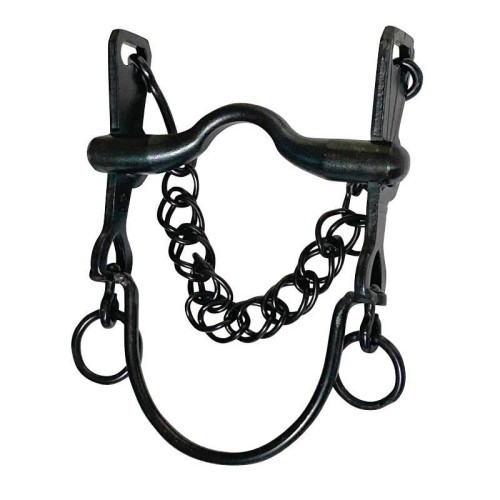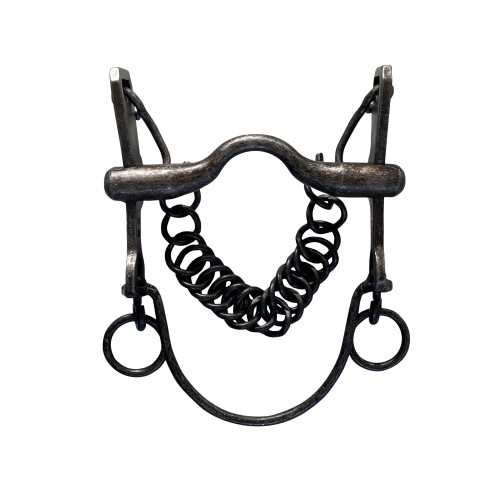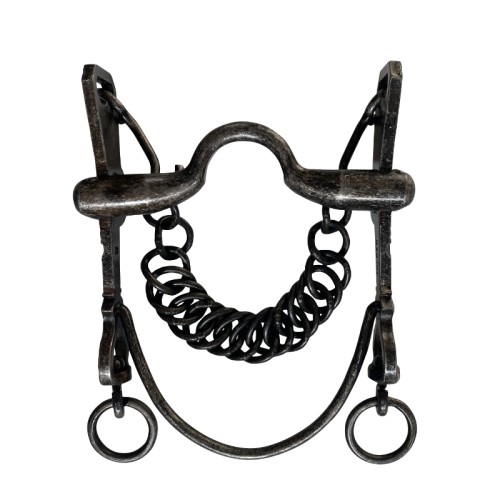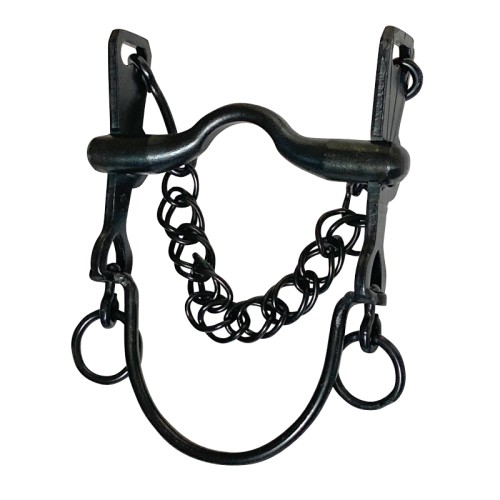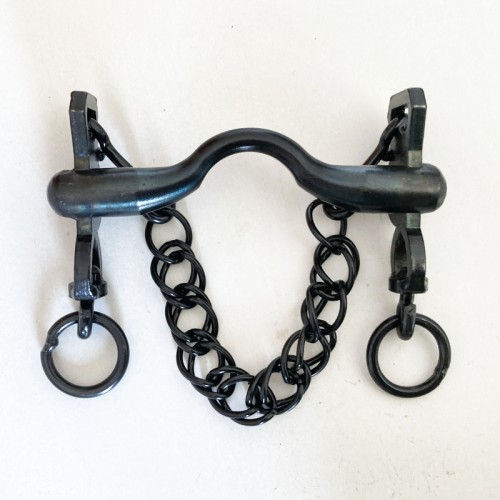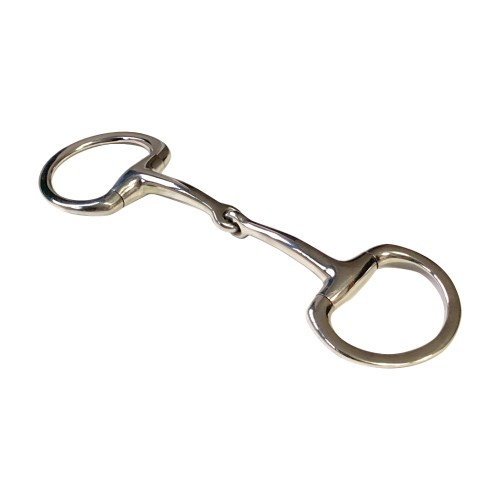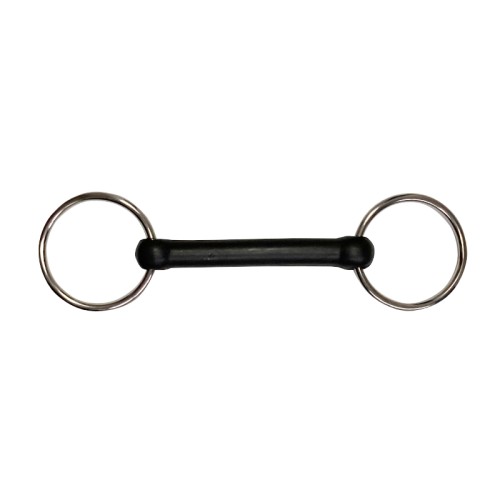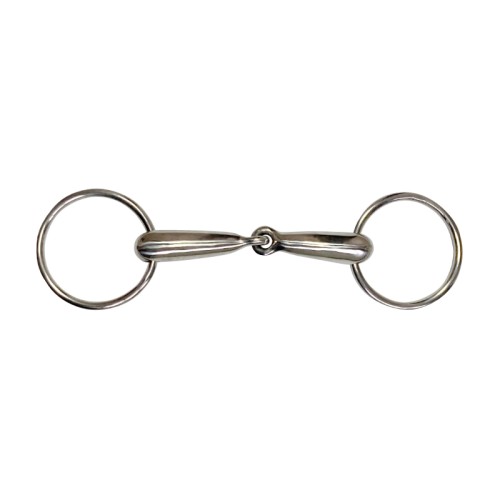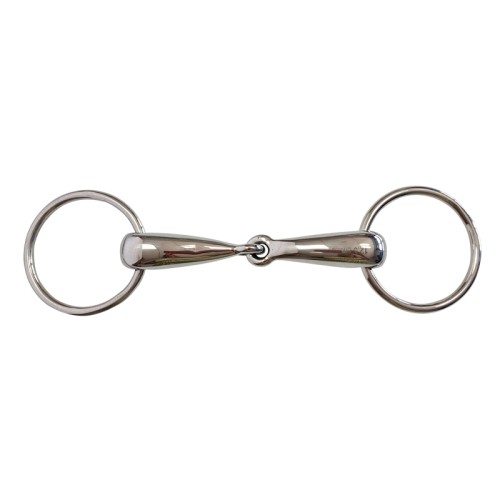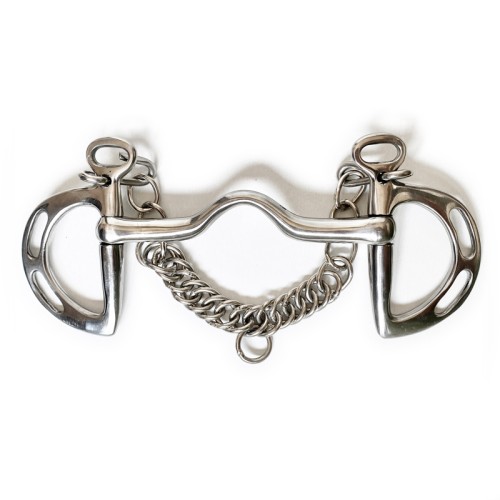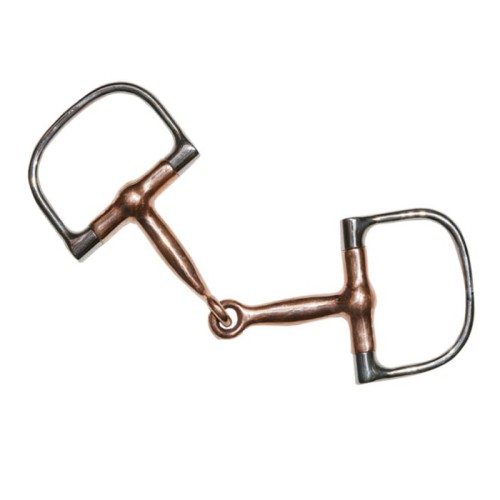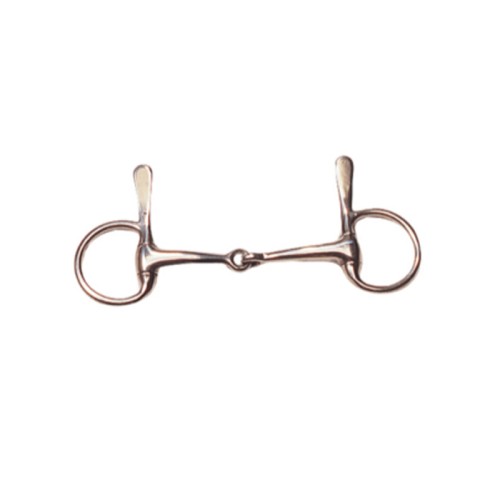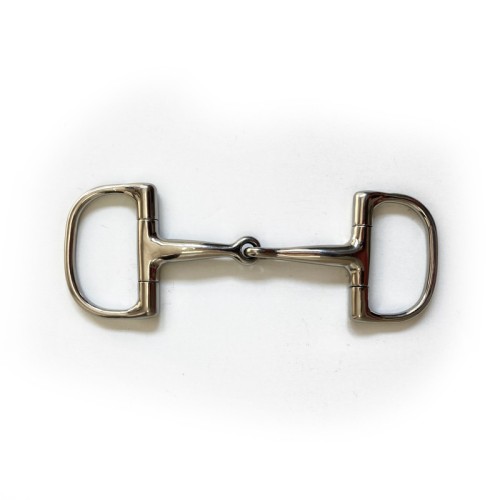Horse bits
HORSE BITS: All you need to know from Equine Mouthpieces
Introduction
Having complete knowledge about Equestrian Mouthpieces will help you to choose a decisive factor of comfort and well-being for your beloved horses.
A poorly or inadequate horse bit can lead to injuries, pain, or discomfort, impacting character and behavior. As a horse, the mouth is a susceptible area that has to be handled carefully, that’s why choosing the right horse bit will be part of your day-to-day decisions if you join the equestrian world.
In this article, we will explore a wide range of types of horse bits and some details that must be taken into account when choosing the adequate horse bit, as the bit changes in a horse’s life or bit-related horse behavior issues.
How to measure to size for comfort in using horse bits
Let’s start by understanding what a properly fitting bit looks like.
Ideally, the bit should fit in the horse's mouth, resting at the corners without causing discomfort. If the rings are pressing against the horse's cheeks, the bit might be too small, leading to pinching and rubbing. On the other hand, a bit too large will leave extra metal sticking out from the sides of the mouth, and it could move around, particularly when you're pulling from one side.
Checking and adjusting bit size can be a difficult process, as bits typically increase in size by quarter-inch increments. If you're looking to replace a bit that already fits well, you can measure its length – just focus on the mouthpiece, not the rings (see the picture).
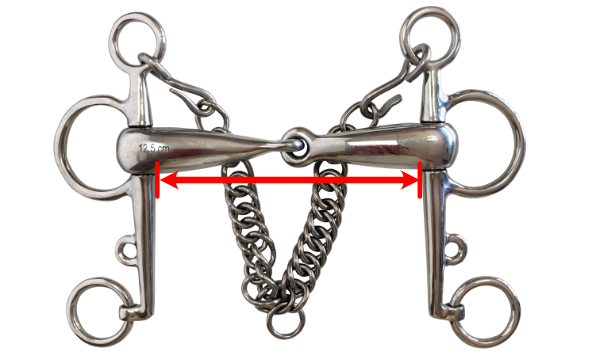
In case you don't have a reference bit for comparison, a simple method involves using a string. Tie a knot at one end of the string, then pass it through your horse's mouth, ensuring it lays outside the lips. Mark the string on the opposite side right where it aligns with the outer lip. The length from the knot to your mark will indicate the appropriate bit size for your horse.
Types of horse bits
As we have seen before, different horses and different disciplines will require different types of horse bits, but here we can review some of the more common bits and a little explanation of their use:
- Pelham bit: this bit is common in the English horse riding world, being more common in disciplines such as cross country or showjumping (in some disciplines, such as dressage, this bit is not allowed). This consists of both a curb bit and a snaffle bit. A Pelham bit is distinct because it comes with double reins.
- D bits: this bit is very recognizable due to its form, as it has rings on the end shaped like a “D” and is slightly bigger compared to the typical loose ring snaffle bit. These rings and the straight bar at the end ensure that the bit remains secure in the horse's mouth during turns, making it an excellent choice for younger horses in a turning learning phase.
- Snaffle bit (french links and jointed): this bit is one of the most common mouthpieces used in English riding disciplines and can be found with a single jointed or French-linked mouth. The composition is normally made of stainless steel and has a soft accommodation for the horse.
- Eggbutt bit: characterized by its egg-shaped side rings that prevent any rotation. If we’re looking for a gentle approach to the horse, eggbutt bits are often more comfortable, as they don't pinch and are softer with sensitive mouths.
- Full cheek bit: this mouthpiece is very common in training phases with young horses when learning how to turn.
- Weymouth Bits: resemble pelham bits, and are commonly seen in advanced dressage classes. These bits are designed for use with double reins and should be handled by experienced riders only. They can be quite hard on the horse if used by someone with a heavy hand.
- Western Bits: the most popular is the Western grazing bit from all the range available. This bit is simple in design but often features ornate shanks. Its lower rings are angled specifically to let the horse graze, which is how it got its name.
- Mullen mouth Bits: simple, straightforward design in stainless steel, which makes it a milder bit. Many riders don't prefer it because horses often get a bit hard to handle if they're used to being ridden with a regular snaffle.
- Specialty Bits: Every year brings new and innovative bits to the market. Horse riders are increasingly mindful of the gear they use in their horse's mouth, with a growing emphasis on gentler tools and training horses to be more responsive.
Materials used in horse bits
Contrary to popular belief, bits are not all made from the same material. There's a wide range of materials used, each offering unique benefits. Some are ideal for horses with sensitive mouths, while others promote salivation and bit acceptance. Here's a rundown of common bit materials:
- Stainless Steel Bit Material: The most prevalent material, stainless steel, is highly durable and resistant to flaking or rusting. However, it can be sensitive to temperature changes in extreme weather.
- Copper & Sweet Iron Bit Material: Popular in Western bits, these materials help horses salivate, relax their jaw, and accept the bit more easily. They tend to rust, creating a sweet taste horses enjoy. These bits are often mixed with other metals for added strength.
- Blue Alloy Bit Material: A variation of sweet iron, blue alloy changes color as it rusts, resulting in a brownish-orange-grey hue. This oxidation process creates a sweet taste that encourages bit acceptance.
- Rubber Bit Material: Available in various types of rubber, these bits are favored by horses who dislike metal. They are less conductive to heat, making them more comfortable in cold weather. However, they can be chewed through, potentially causing mouth irritation.
- Plastic Flexi-Mouth Bit Materials: Soft and often flavored, plastic bits are another metal alternative. They're suitable for sensitive-mouthed horses but, like rubber bits, can be chewed through and become sharp.
- Leather Bit Material: Extremely gentle, leather bits are perfect for highly sensitive mouths. They come in two types: entirely leather or leather wrapped around a metal core. Leather bits are flexible and don't create sharp edges when chewed, unlike rubber or plastic.
Conclusion
In conclusion, horse bits are more than mere tools; they reflect our commitment to the welfare and comfort of our horses, taking advantage of the learnings and wisdom from all the equine traditions.
They represent the bond and understanding we share with our equine partners, showcasing our dedication to their health and well-being, as well as a useful tool for learning techniques and human connection.
So, if you're new to the world of horse riding or have been caring for horses for years, remember the importance of selecting the right horse bits; follow our tips on size, types, and materials before selecting the perfect horse bit for your friend.

